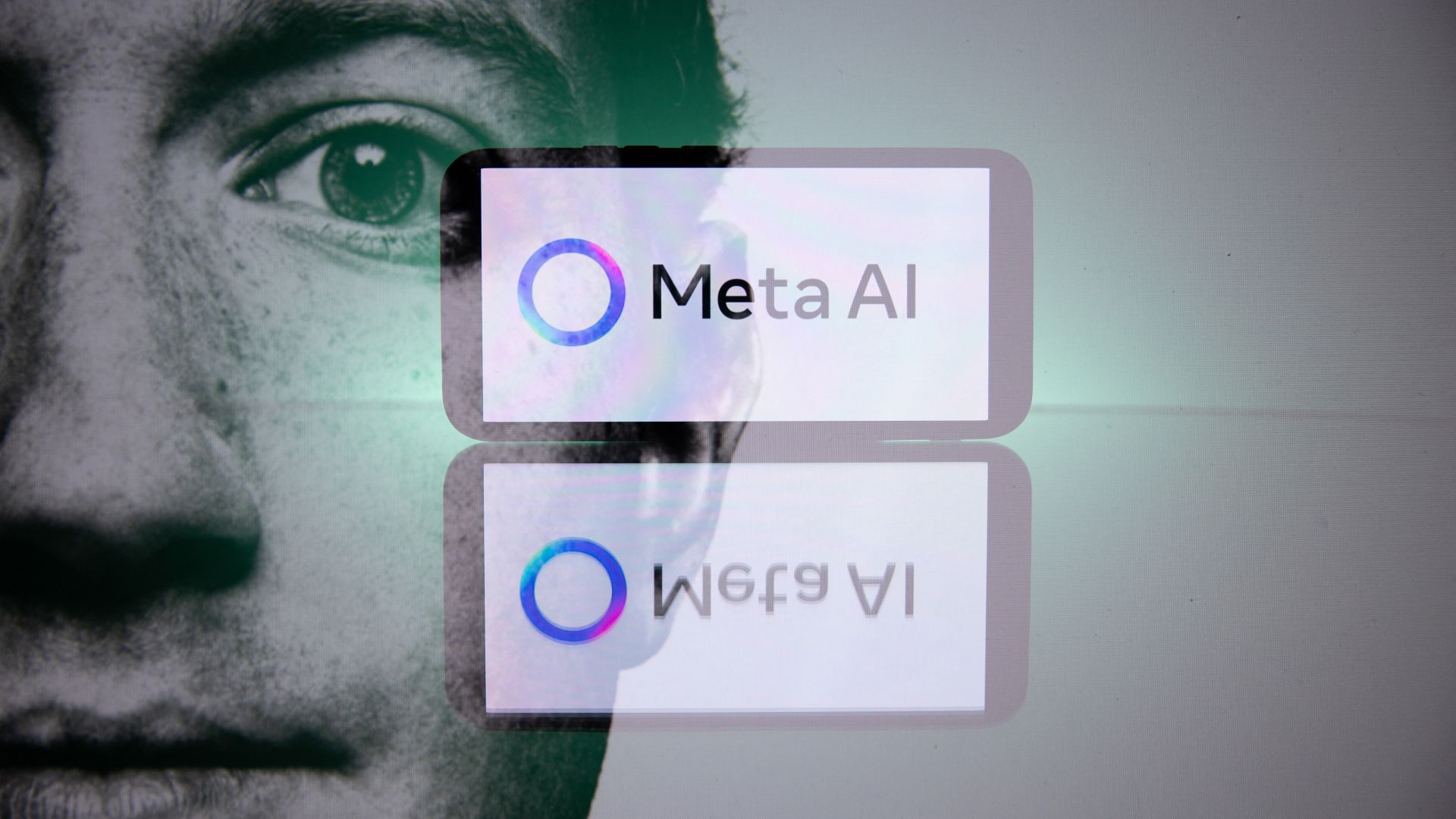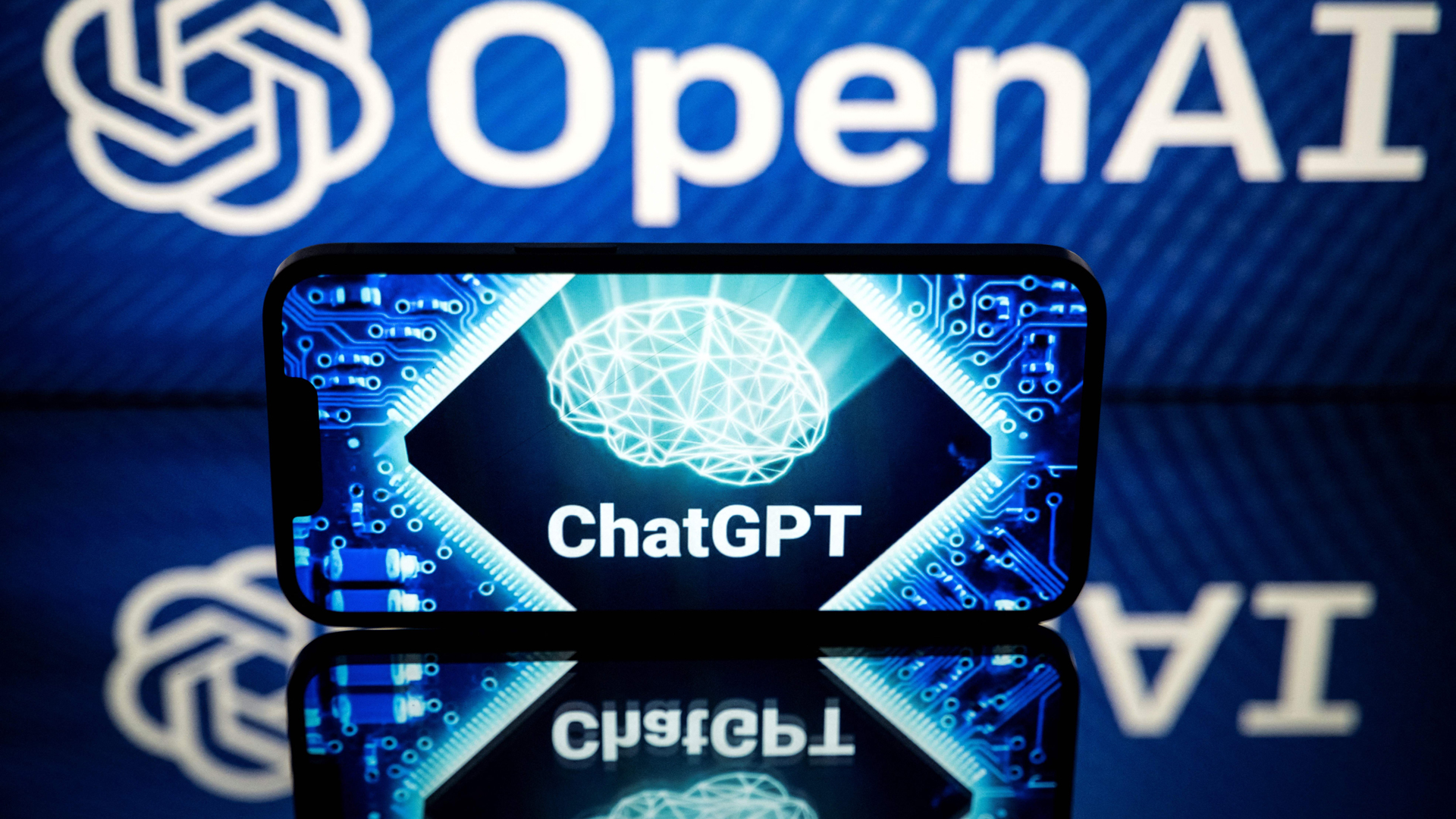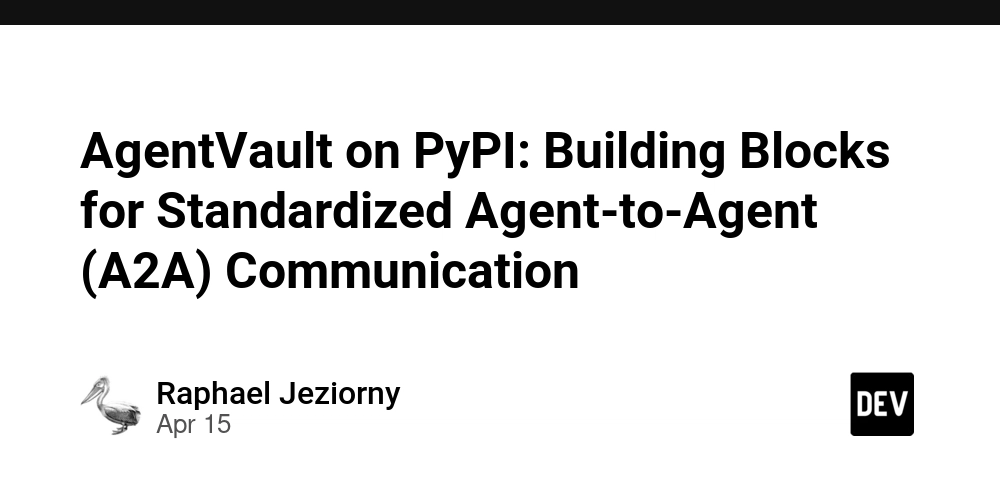ITSM Problem Management
ITSM problem management is crucial for IT organizations facing recurring technical issues like login failures and connectivity problems. When the same problems keep happening, it frustrates customers and raises concerns from management about IT's effectiveness. Instead of just fixing immediate issues, IT teams need to identify and address root causes. This means going beyond quick fixes like rebooting systems or changing configurations, and instead understanding why failures occur in the first place. By implementing proper problem management practices, organizations can reduce service disruptions, prevent future incidents, and maintain customer satisfaction. The ITIL 4 framework provides a structured approach to tackle these challenges through three key phases: Problem Identification Problem Control Error Management Combining Reactive and Proactive Problem Management Leadership teams often question recurring system failures, seeking more than temporary solutions. Their primary concern lies in preventing future incidents rather than applying quick fixes. This requires a comprehensive approach combining both reactive and proactive strategies. Reactive Problem Management Reactive identification represents the traditional approach to handling IT issues. This method activates after incidents occur, focusing on investigating existing problems through: Analysis of incident records and documentation Review of customer complaints and feedback Examination of system error logs Investigation of performance metrics Proactive Problem Management The proactive approach represents a more sophisticated strategy, aiming to identify and address potential issues before they impact services. This method involves: Regular system health monitoring Analysis of vendor security bulletins Comprehensive pre-deployment testing Ongoing system log analysis Performance trend evaluation Strategic Value of Prevention Organizations achieving IT service maturity prioritize proactive management over reactive responses. This approach requires: Strong executive support and understanding Investment in preventive measures Long-term commitment to system improvement Regular risk assessment and mitigation While reactive problem management delivers visible results through immediate issue resolution, proactive strategies often yield greater long-term benefits, such as: Reduced downtime Improved service reliability Enhanced customer satisfaction However, measuring the success of proactive measures can be challenging, as preventing problems doesn't generate the same obvious metrics as fixing existing issues. This reality necessitates clear communication with stakeholders about the value of preventive investments. Centralizing Problem Management Systems Effective problem management requires a robust system for tracking and managing issues throughout their lifecycle. Organizations must implement centralized solutions that capture detailed information and facilitate collaboration across teams. Essential Record Documentation Every problem record should contain comprehensive details to support thorough investigation and resolution: Incident timestamp and discovery method Detailed problem description and symptoms Impact assessment and severity level System components affected Initial categorization and classification Ownership and Accountability Clear ownership ensures problems receive proper attention and resolution. Organizations typically assign responsibility through: Dedicated problem managers with technical expertise Cross-functional teams for complex issues Automated assignment based on problem categories Escalation paths for critical issues Key System Requirements Modern problem management platforms should include these essential features: Integration with configuration management databases (CMDB) Automated workflow management capabilities Knowledge base connectivity for solution sharing Real-time collaboration tools Advanced reporting and analytics dashboards Artificial Intelligence Enhancement Contemporary solutions leverage AI and machine learning to improve problem management through: Automated ticket categorization Predictive analysis of potential issues Pattern recognition in incident data Intelligent solution recommendations Customer sentiment analysis These advanced capabilities reduce human error, accelerate problem resolution, and provide consistent analysis across all issues. By implementing a comprehensive centralized system, organizations can better track, manage, and resolve problems while maintaining clear documentation of their problem management process. Building Technical Investigation Expertise Success in problem management depends heavily on staff capabilities to investigate and analyze root causes. Organizations must develop comprehensiv

ITSM problem management is crucial for IT organizations facing recurring technical issues like login failures and connectivity problems. When the same problems keep happening, it frustrates customers and raises concerns from management about IT's effectiveness.
Instead of just fixing immediate issues, IT teams need to identify and address root causes. This means going beyond quick fixes like rebooting systems or changing configurations, and instead understanding why failures occur in the first place.
By implementing proper problem management practices, organizations can reduce service disruptions, prevent future incidents, and maintain customer satisfaction. The ITIL 4 framework provides a structured approach to tackle these challenges through three key phases:
- Problem Identification
- Problem Control
- Error Management
Combining Reactive and Proactive Problem Management
Leadership teams often question recurring system failures, seeking more than temporary solutions. Their primary concern lies in preventing future incidents rather than applying quick fixes. This requires a comprehensive approach combining both reactive and proactive strategies.
Reactive Problem Management
Reactive identification represents the traditional approach to handling IT issues. This method activates after incidents occur, focusing on investigating existing problems through:
- Analysis of incident records and documentation
- Review of customer complaints and feedback
- Examination of system error logs
- Investigation of performance metrics
Proactive Problem Management
The proactive approach represents a more sophisticated strategy, aiming to identify and address potential issues before they impact services. This method involves:
- Regular system health monitoring
- Analysis of vendor security bulletins
- Comprehensive pre-deployment testing
- Ongoing system log analysis
- Performance trend evaluation
Strategic Value of Prevention
Organizations achieving IT service maturity prioritize proactive management over reactive responses. This approach requires:
- Strong executive support and understanding
- Investment in preventive measures
- Long-term commitment to system improvement
- Regular risk assessment and mitigation
While reactive problem management delivers visible results through immediate issue resolution, proactive strategies often yield greater long-term benefits, such as:
- Reduced downtime
- Improved service reliability
- Enhanced customer satisfaction
However, measuring the success of proactive measures can be challenging, as preventing problems doesn't generate the same obvious metrics as fixing existing issues. This reality necessitates clear communication with stakeholders about the value of preventive investments.
Centralizing Problem Management Systems
Effective problem management requires a robust system for tracking and managing issues throughout their lifecycle. Organizations must implement centralized solutions that capture detailed information and facilitate collaboration across teams.
Essential Record Documentation
Every problem record should contain comprehensive details to support thorough investigation and resolution:
- Incident timestamp and discovery method
- Detailed problem description and symptoms
- Impact assessment and severity level
- System components affected
- Initial categorization and classification
Ownership and Accountability
Clear ownership ensures problems receive proper attention and resolution. Organizations typically assign responsibility through:
- Dedicated problem managers with technical expertise
- Cross-functional teams for complex issues
- Automated assignment based on problem categories
- Escalation paths for critical issues
Key System Requirements
Modern problem management platforms should include these essential features:
- Integration with configuration management databases (CMDB)
- Automated workflow management capabilities
- Knowledge base connectivity for solution sharing
- Real-time collaboration tools
- Advanced reporting and analytics dashboards
Artificial Intelligence Enhancement
Contemporary solutions leverage AI and machine learning to improve problem management through:
- Automated ticket categorization
- Predictive analysis of potential issues
- Pattern recognition in incident data
- Intelligent solution recommendations
- Customer sentiment analysis
These advanced capabilities reduce human error, accelerate problem resolution, and provide consistent analysis across all issues. By implementing a comprehensive centralized system, organizations can better track, manage, and resolve problems while maintaining clear documentation of their problem management process.
Building Technical Investigation Expertise
Success in problem management depends heavily on staff capabilities to investigate and analyze root causes. Organizations must develop comprehensive training programs that enhance both technical and analytical skills.
Core Investigation Skills
Teams need specific competencies to effectively diagnose and resolve complex technical issues:
- Systematic root cause analysis techniques
- Data interpretation and pattern recognition
- System architecture understanding
- Technical documentation methods
- Critical thinking and problem-solving approaches
Competency Framework Implementation
Using frameworks like Skills for the Information Age (SFIA) helps organizations:
- Define required skill levels for different roles
- Create structured learning paths
- Assess current team capabilities
- Identify training gaps
- Plan professional development activities
Training Program Elements
Effective staff development programs should include:
- Hands-on technical workshops
- Case study analysis sessions
- Simulation exercises
- Mentoring relationships
- Regular skill assessments
Continuous Improvement Focus
Organizations must maintain ongoing development through:
- Regular updates to training materials
- Knowledge sharing sessions
- Industry certification programs
- Peer review processes
- Performance feedback loops
By investing in staff development and maintaining current technical knowledge, organizations build internal expertise that can effectively address complex problems. This investment helps teams move beyond surface-level fixes to implement lasting solutions that prevent future incidents.
Conclusion
Effective problem management requires a balanced approach combining systematic processes, advanced tools, and skilled personnel. Organizations must move beyond reactive firefighting to embrace proactive identification and resolution of potential issues.
This transformation demands investment in centralized management systems that can track, analyze, and document problems throughout their lifecycle.
Success depends on three critical elements:
- Comprehensive problem identification strategies
- Robust centralized tracking systems
- Well-trained staff equipped with strong analytical skills
Organizations should implement both reactive and proactive identification methods while leveraging modern tools that incorporate artificial intelligence and machine learning capabilities. These technologies help reduce human error, accelerate problem resolution, and provide consistent analysis across all issues.
The investment in staff training and development remains crucial, as technical expertise and analytical capabilities form the foundation of effective problem management.
By following these best practices, organizations can:
- Significantly reduce service disruptions
- Improve customer satisfaction
- Maintain high-quality IT service delivery across all deployment models
The future of problem management lies in the integration of advanced technologies with human expertise, creating a balanced approach that can anticipate and prevent issues before they impact business operations. This proactive stance, supported by comprehensive training and robust systems, enables organizations to maintain service excellence while building trust with their customers.












































































































































































![[The AI Show Episode 144]: ChatGPT’s New Memory, Shopify CEO’s Leaked “AI First” Memo, Google Cloud Next Releases, o3 and o4-mini Coming Soon & Llama 4’s Rocky Launch](https://www.marketingaiinstitute.com/hubfs/ep%20144%20cover.png)

















































































































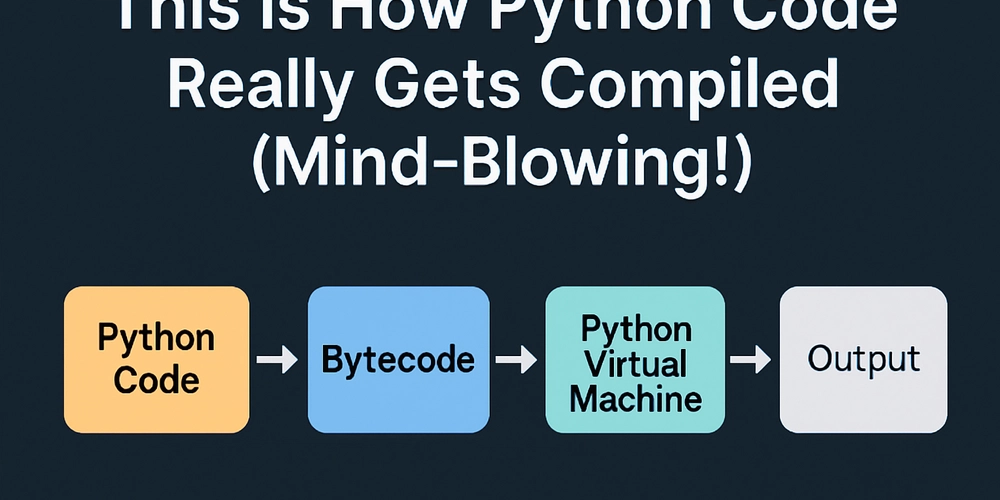
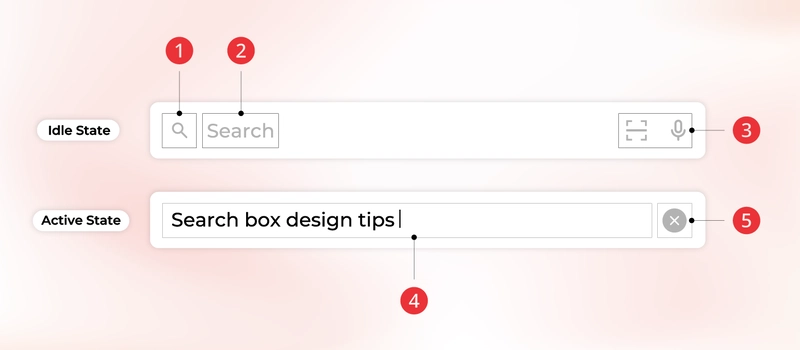

































































![Rogue Company Elite tier list of best characters [April 2025]](https://media.pocketgamer.com/artwork/na-33136-1657102075/rogue-company-ios-android-tier-cover.jpg?#)





























































































.webp?#)





























































































![Here’s the first live demo of Android XR on Google’s prototype smart glasses [Video]](https://i0.wp.com/9to5google.com/wp-content/uploads/sites/4/2025/04/google-android-xr-ted-glasses-demo-3.png?resize=1200%2C628&quality=82&strip=all&ssl=1)














![New Beats USB-C Charging Cables Now Available on Amazon [Video]](https://www.iclarified.com/images/news/97060/97060/97060-640.jpg)

![Apple M4 13-inch iPad Pro On Sale for $200 Off [Deal]](https://www.iclarified.com/images/news/97056/97056/97056-640.jpg)


















